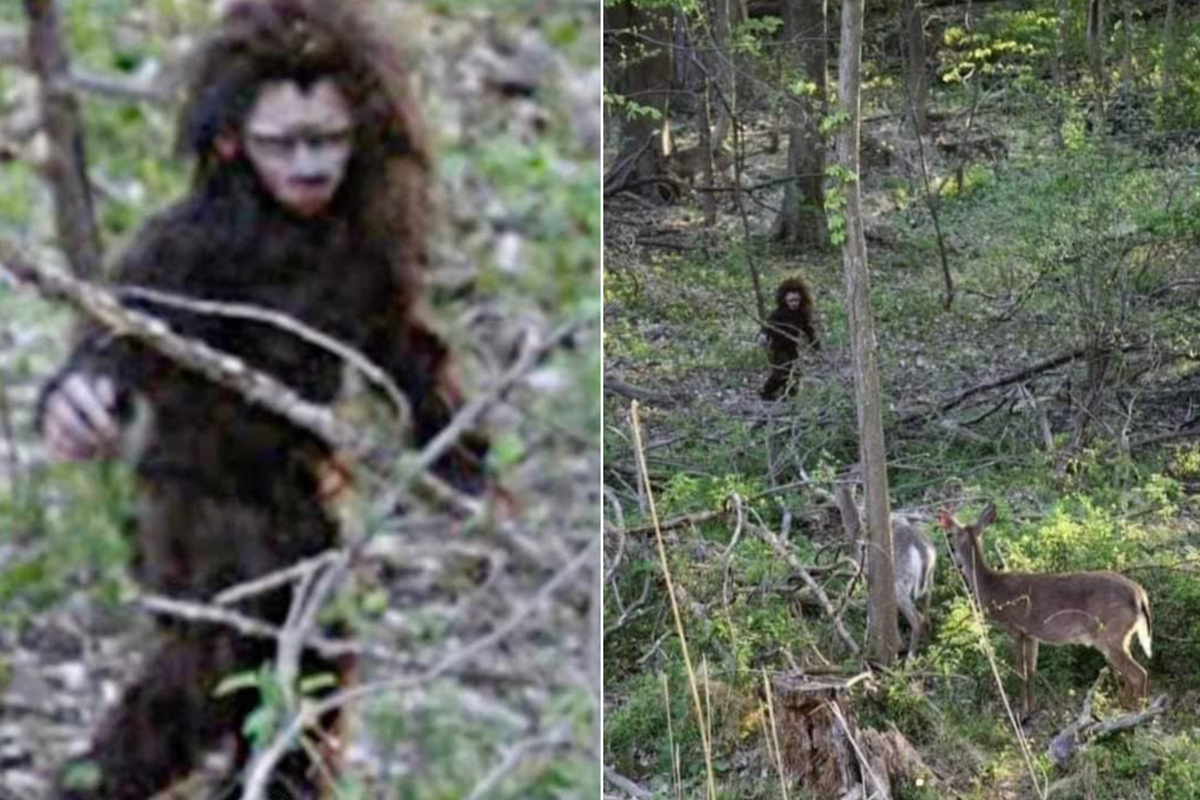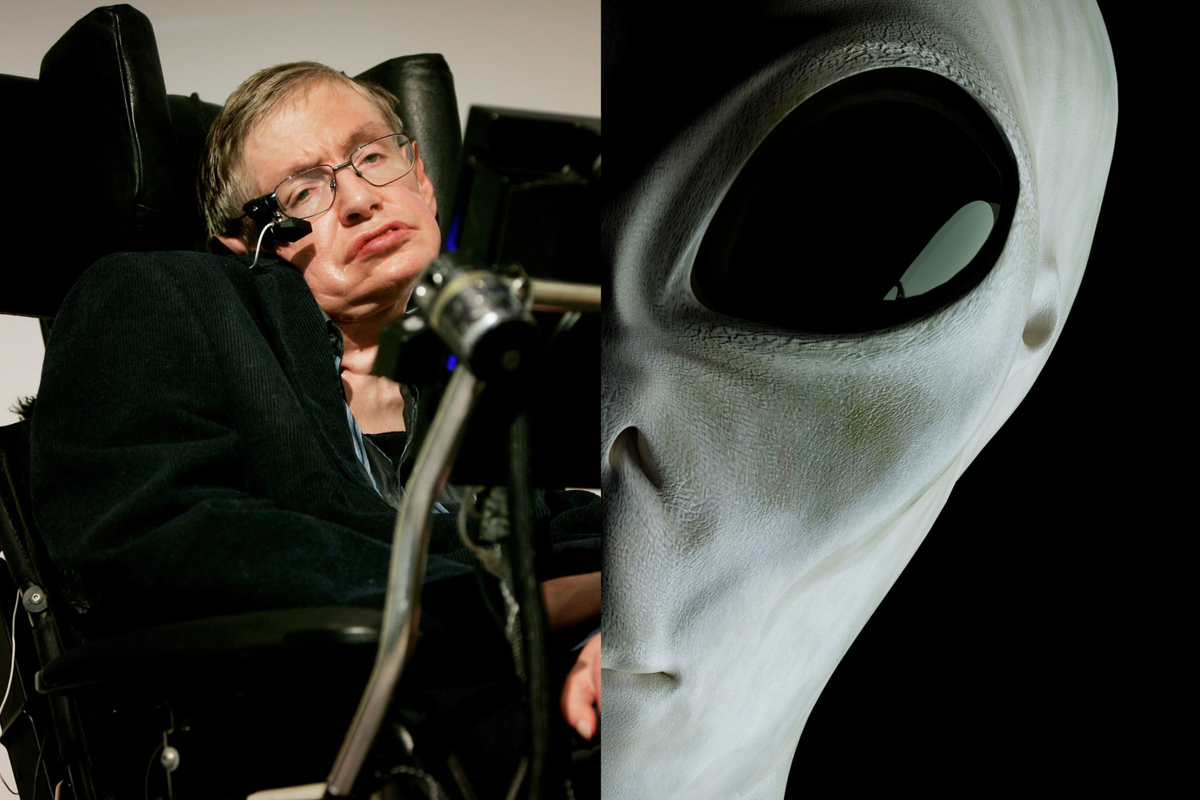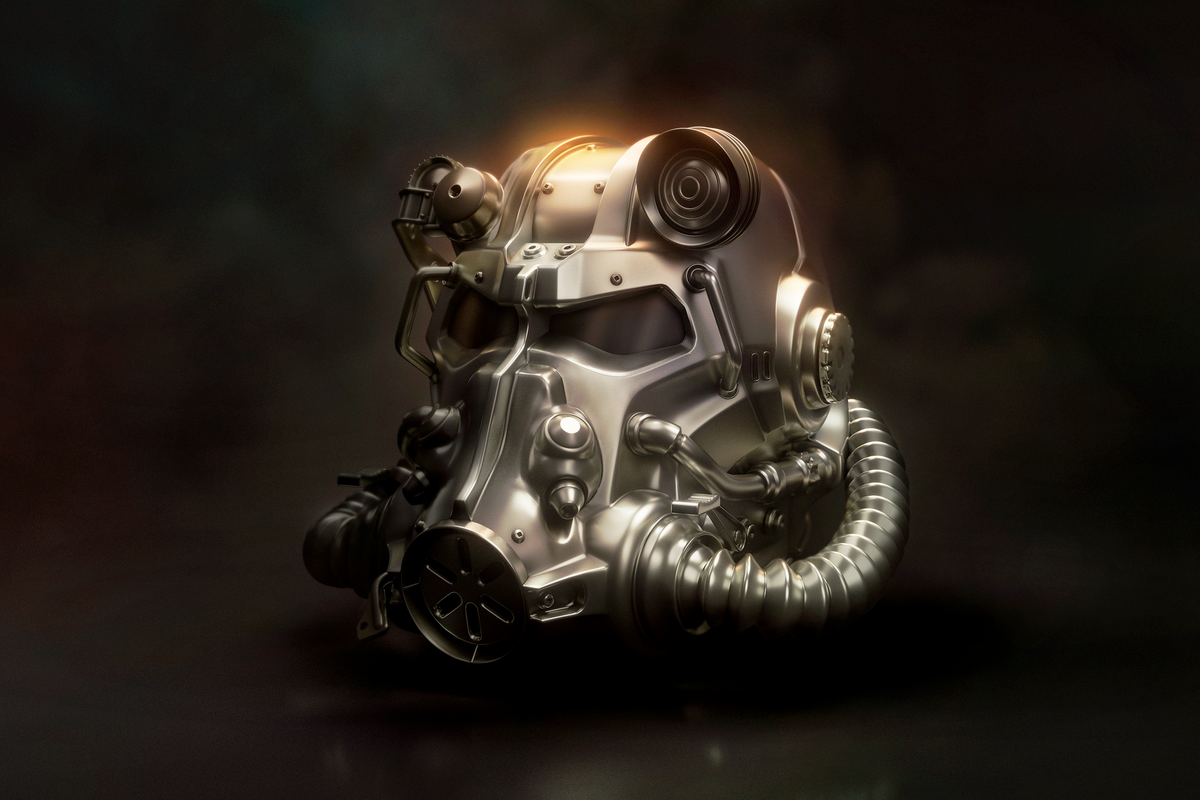Harriet Brewis
May 01, 2024
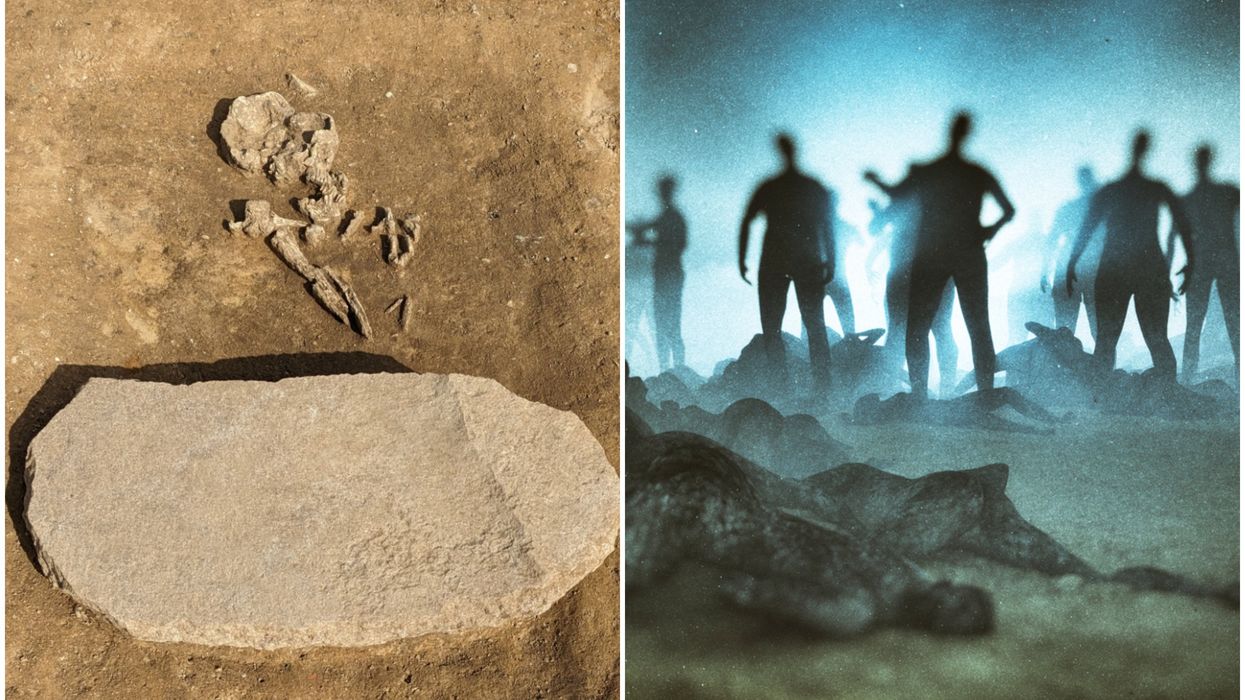
Ancient grave built for 'zombies' unearthed in Germany
Ancient grave built for 'zombies' unearthed in Germany
You may think zombies are the preserve of Halloween and horror movies but, it turns out, our ancient ancestors also harboured fears of the undead.
Archaeologists in Germany have unearthed an Early Bronze Age burial ground which was designed to keep the deceased from returning to life.
The site is what is known as a “revenant”, or “zombie”, grave – with “revenant” referring to an individual who comes back from the dead, either as a spirit or revived corpse, often to torment the living.
Revenant graves, dating back thousands of years, have been discovered across Europe, and are characterised by evidence of precautions taken to keep the dead where they belong: firmly in the ground.
Strategies included piercing the corpses with a lance or placing large stones on their legs to pin them down, Newsweek reports.
Most of these graves date to the Middle Ages (from the 5th century BC to around the 14th Century AD), but some go as far back as prehistoric times.
The latest example, understood to be some 4,500 years old, was found near the village of Oppin in the German state of Saxony-Anhalt during excavations ahead of planned construction work.
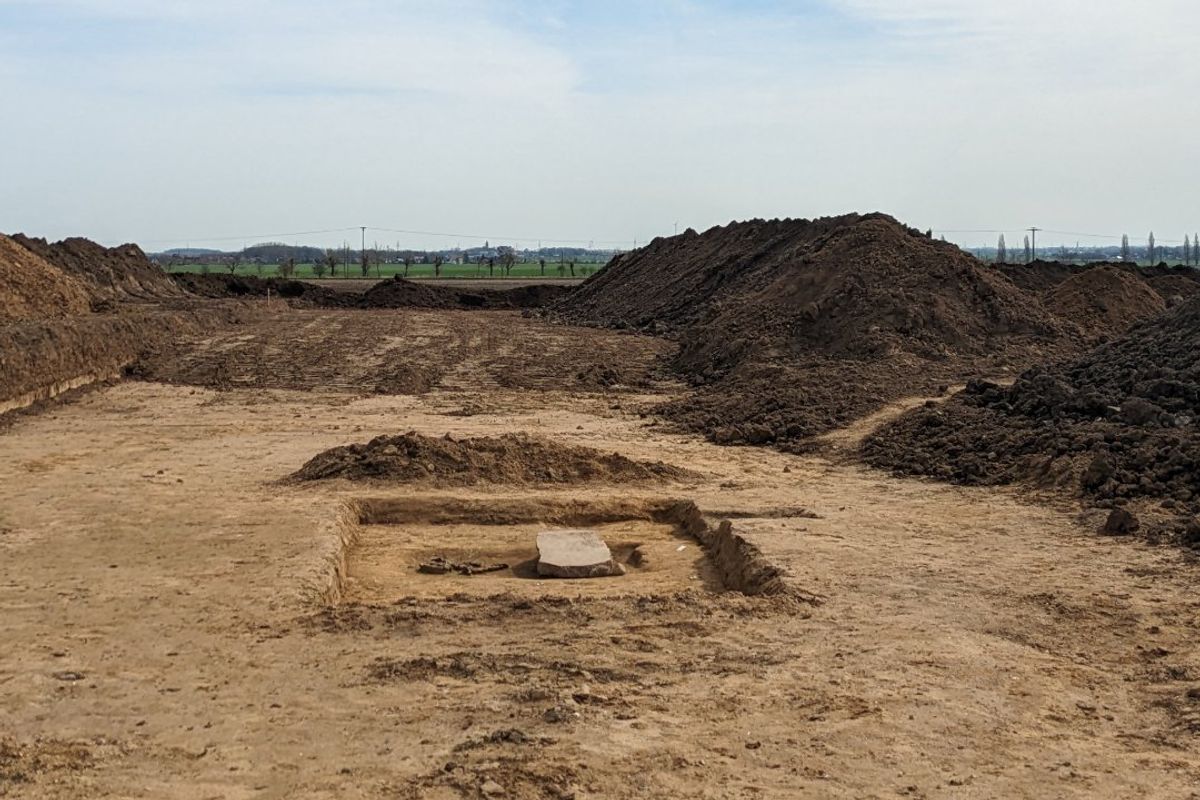
The "extremely interesting" grave contained the remains of a man aged between 40 and 60 at the time of his death, the state’s Museum of Prehistory announced in a Facebook post.
The man was found with a large stone, measuring a metre (3.3 feet) in length and 50cm (1.6 feet) wide, lying over his legs.
The museum noted that the rock “must have been placed there for a reason, probably to keep the deceased in the grave and prevent him from coming back to life.”
Susanne Friederich, the archaeologist in charge of the excavations, told Newsweek: "We know that already in the Stone Age people were afraid of revenants. People wanted to prevent this with magic.
"Back then, people believed that dead people sometimes tried to free themselves from their graves.
“Sometimes, the dead were laid on their stomachs. If the dead lies on his stomach, he burrows deeper and deeper instead of reaching the surface," she explained.
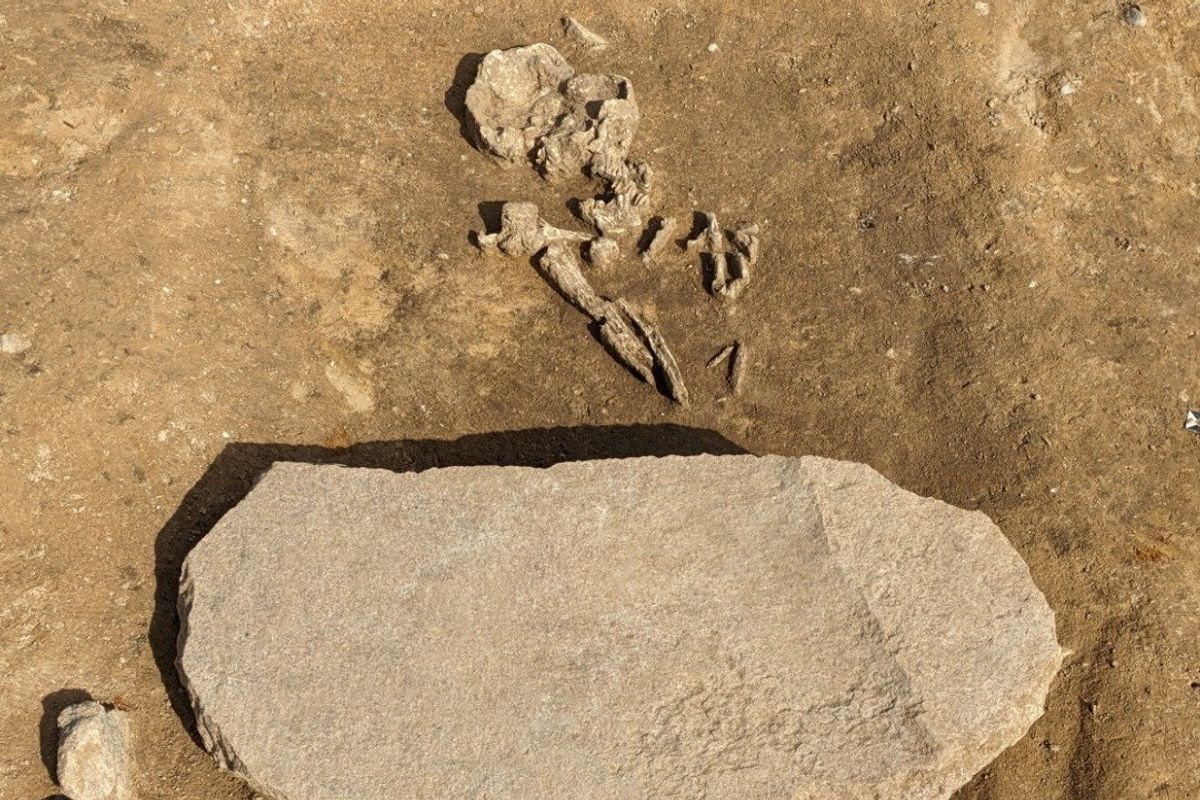
Whilst experts are still working to determine the age of the site, they believe that it stems from the Neolithic Bell Beaker culture – a population that brought Bronze Age technology to Britain as part of a vast migration that almost completely replaced the island's earlier inhabitants.
This is likely the first revenant grave from the Bell Beaker period to be found in central Germany.
And, if confirmed as such, it will be particularly significant, given that there was previously little evidence that the culture engaged in such burial customs.
All we can say is, no matter how many stones or lances you use, archaeology will find a way to bring the dead back to life.
Sign up for our free Indy100 weekly newsletter
Have your say in our news democracy. Click the upvote icon at the top of the page to help raise this article through the indy100 rankings
Top 100
The Conversation (0)








